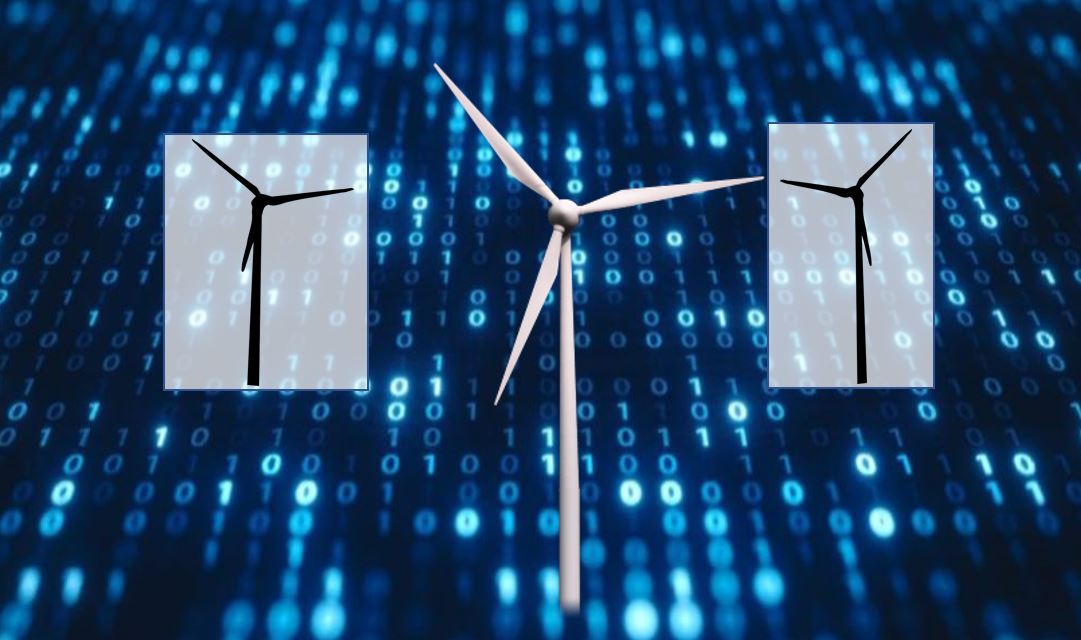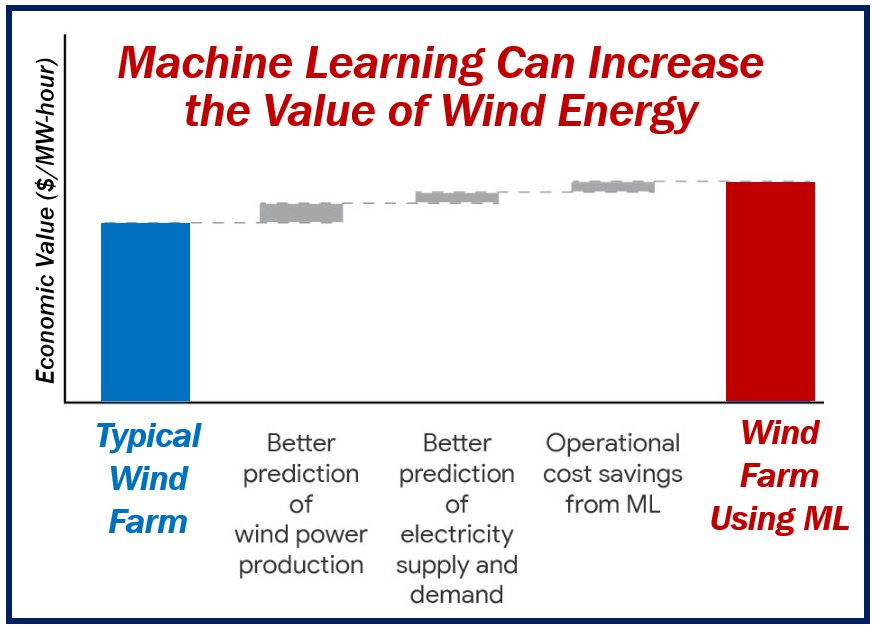
DeepMind, a Google AI division, has deployed machine learning to boost the value of wind energy generation. It claims that its new technology will increase the value of onshore wind energy generation by 20%.
Carbon-free technologies help combat climate change. However, many of them, such as renewable energy, haven’t reached their full potential.
Wind energy, for example, has become a major source of renewable energy and carbon-free electricity. This is partly due to the decline in turbine costs and a surge in adoption.
However, wind is not available all the time, i.e., it is an unreliable energy source. It is less useful than a source that can deliver power at any time.
DeepMind applied machine learning algorithms
In 2018, DeepMind and Google applied machine learning algorithms to 700 MW of wind power capacity in the central USA. They were searching for a solution to wind energy’s unreliability problem.
These turbines are part of Google’s global fleet of renewable energy projects. They have a combined capacity to supply a medium-sized city with electricity.
According to a DeepMind press release:
“Using a neural network trained on widely available weather forecasts and historical turbine data, we configured the DeepMind system to predict wind power output 36 hours ahead of actual generation.”
“Based on these predictions, our model recommends how to make optimal hourly delivery commitments to the power grid a full day in advance.”
“This is important, because energy sources that can be scheduled (i.e., can deliver a set amount of electricity at a set time) are often more valuable to the grid.”

Machine learning boosted wind energy value
The company says that its use of machine learning across its wind farms has produced promising results. So far, machine learning has boosted wind energy value by approximately 20%. The increase is compared to the baseline scenario of no time-based commitments to the electricity grid.
Although the algorithms cannot eliminate the variability of wind, they can make wind power more valuable and predictable.
DeepMind added:
“This approach also helps bring greater data rigor to wind farm operations, as machine learning can help wind farm operators make smarter, faster and more data-driven assessments of how their power output can meet electricity demand.”
The company hopes that this type of machine learning approach may strengthen the case for wind energy generation. It could also further boost the adoption of carbon-free energy on grids across the world.
Google is currently striving to source carbon-free energy all the time; night and day. It recently achieved 100% renewable energy purchasing.
What are machine learning and AI?
AI stands for artificial intelligence. AI refers to software that can make ‘smart’ machines think like us (humans). It also makes them behave like us.
AI also has the ability to ‘learn from experience.’ In other words, learn new things, including skills, without human input. We also have this ability to learn as we go along. In the world of AI, we call this ability machine learning.
Video – What is wind energy?
Wind energy involves capturing the energy in the wind and converting it into electricity we can use. Wind energy is a type of renewable energy. In other words, its source never depletes – we never run out of it (on a human timescale).
